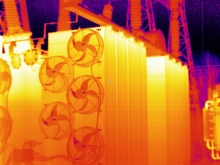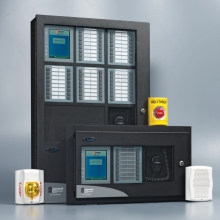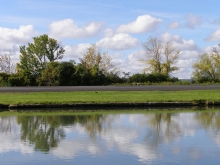Return on Investment (ROI): T5 Lighting Adapter Retrofits Offer Savings
When considering a florescent lighting system upgrade, many facilities managers are retrofitting by placing adapters in existing lighting fixtures. Lighting retrofit kits with adapters have advantages over more comprehensive lighting system component upgrades – they reuse existing lamp fixtures, provide new self-contained electronic lamp ballasts, and offer reduced installation, maintenance, and operating costs. We’ll take a look at the basic ideas involved in a T5 lighting retrofit project, including a return on investment (ROI) case study that calculates payback as less than five years.











